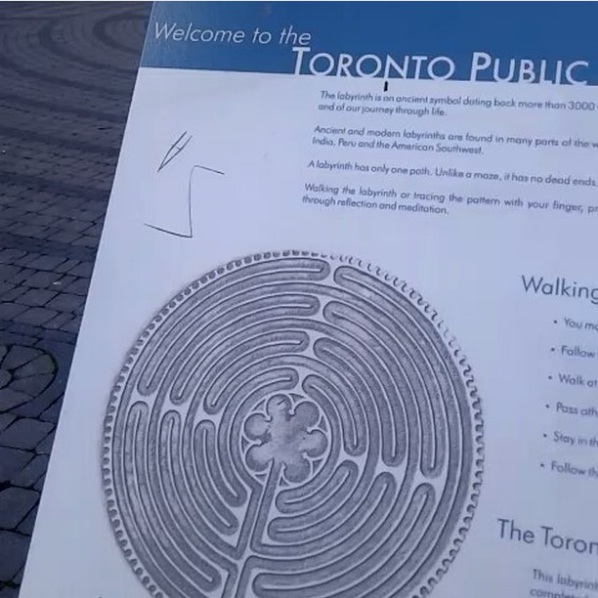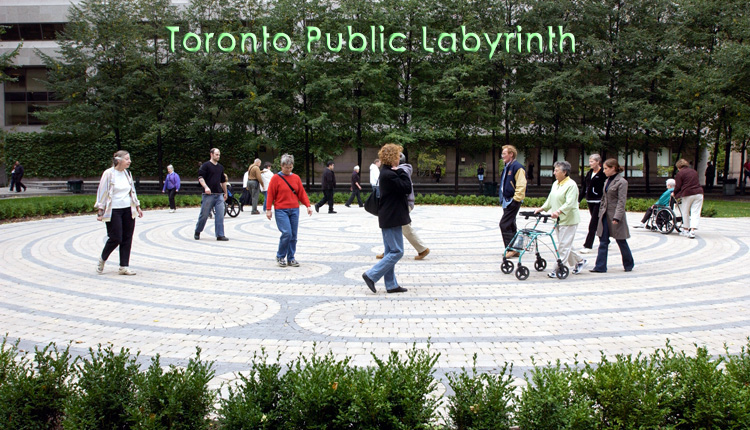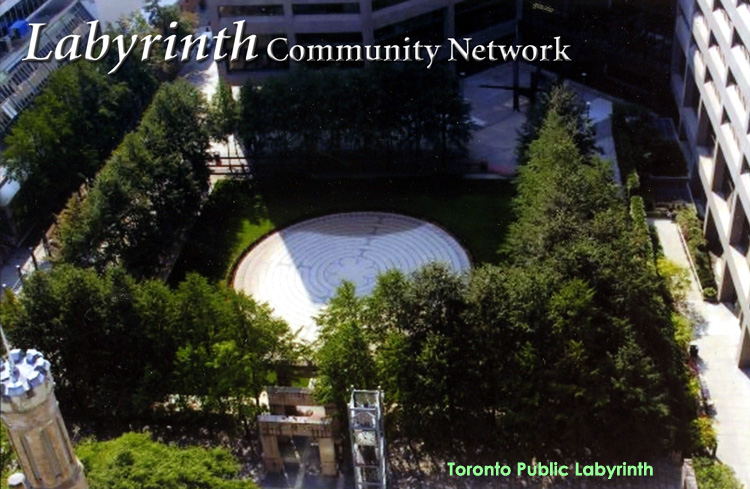“My wife and I walked the Toronto Labyrinth together today.
You could say it was a sort of co-labyrinth.”
– Ron Sexsmith
“My wife and I walked the Toronto Labyrinth together today; You could say it was a sort of co-labyrinth” – Ron Sexsmith
“My wife and I walked the Toronto Labyrinth together today. You could say it was a sort of co-labyrinth.” – Ron Sexsmith



